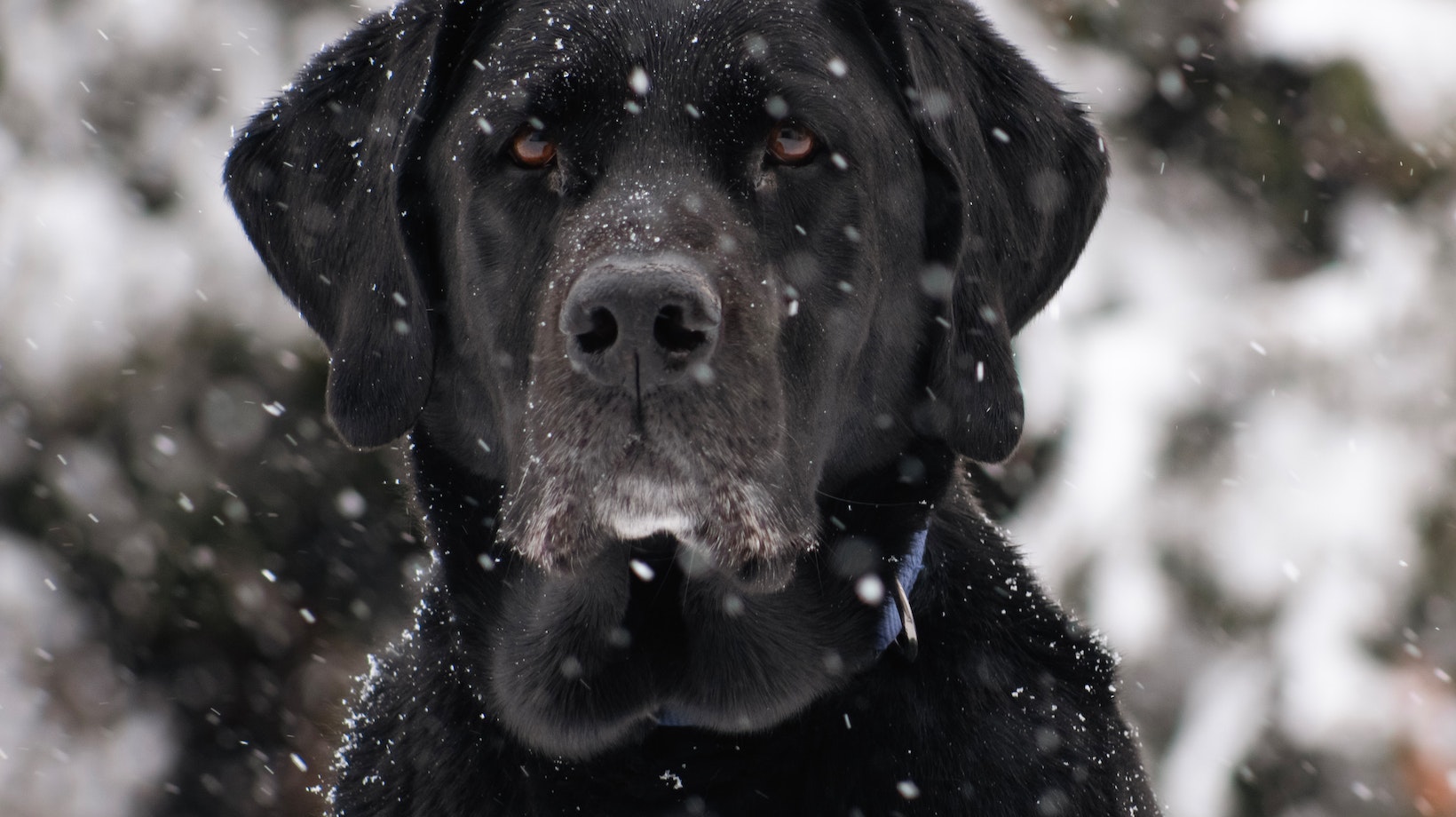How To Potty Train An Adult Dog
One important thing to remember is that adult dogs may take longer to grasp the concept of potty training compared to puppies. This is because they may have already developed certain habits or behaviors that need to be unlearned. However, with patience and positive reinforcement, it’s definitely achievable.
To start off, establish a designated bathroom area for your Labrador. This could be a specific spot in your yard or even an indoor artificial grass patch if you live in an apartment. Make sure it’s easily accessible for your dog and consistently take them there after meals, naps, and playtime.
When accidents occur inside the house, avoid scolding or punishing your dog as this can create fear and anxiety around toileting. Instead, calmly clean up the mess using an enzymatic cleaner to eliminate any lingering odors that might attract them back to the same spot.
Remember to reward your Labrador with praise and treats whenever they successfully go potty in the designated area. Positive reinforcement helps reinforce good behavior and encourages them to continue doing so.
Consistency is key during the potty training process. Stick to a regular schedule for feeding times and bathroom breaks. Take your Labrador out frequently throughout the day, especially after waking up or before bedtime.
By following these steps consistently and being patient with your furry friend, you’ll gradually see progress in their potty training journey. Before you know it, accidents will become rare occurrences as they learn where and when they should do their business.
So don’t get discouraged if things don’t click right away – every dog learns at their own pace. With love, patience, and consistent guidance from you as their owner, your adult Labrador will become a potty-trained superstar in no time!
Managing Accidents And Correcting Undesirable Behavior
One effective way to address accidents is by interrupting them calmly. If you catch your Labrador in the act of eliminating indoors, gently say “no” or make a noise to startle them without scaring them. Immediately take them outside to their designated potty area where they can finish their business. Remember to praise and reward them when they do so successfully.

Redirecting Undesirable Behavior In Adult Dogs
In addition to accidents, adult dogs may display other undesirable behaviors during the potty training process. Some common examples include chewing on furniture or shoes, digging in inappropriate areas, or marking territory inside the house. These actions can be frustrating but remember that consistency and redirection are key.
To redirect such behaviors, provide appropriate outlets for your Labrador’s energy and natural instincts. Offer plenty of chew toys or bones to satisfy their need to gnaw. Consider creating a designated digging area in your yard filled with soft soil or sand for them to dig in freely.
If marking territory becomes an issue indoors, consider using belly bands or diapers temporarily until they learn proper bathroom etiquette. Additionally, closely monitor their behavior indoors and supervise them when necessary, gradually granting more freedom as they demonstrate reliability.
Consistency Is Key: Establishing Clear Boundaries
Consistency is vital when potty training an adult dog like a Labrador. Establish clear boundaries from day one and stick to a routine that supports their learning process effectively.
- Consistency is key: Regardless of the breed, consistency is crucial in potty training. Establish a routine by taking your Labrador outside at regular intervals throughout the day. This includes after meals, playtime, and waking up from naps. By following a consistent schedule, you can help your dog understand when and where they should go potty.
- Positive reinforcement: Labrador Retrievers respond well to positive reinforcement techniques during training. When your adult Labrador successfully goes potty outside, praise them enthusiastically and offer treats as rewards. This helps reinforce the desired behavior and encourages them to repeat it.
- Watch for signs: Pay close attention to your Labrador’s body language as they may exhibit certain signs when they need to relieve themselves. These signs could include restlessness, sniffing around, circling a particular area or even scratching at the door. By being attentive and recognizing these cues, you can quickly guide your dog outside before accidents happen indoors.
- Addressing accidents: Accidents are bound to happen during the potty training process with an adult dog like a Labrador who may have already developed bad habits or inconsistent training in the past. It’s essential not to scold or punish your dog for accidents as this can create anxiety or confusion around the act of going potty altogether.
Instead, clean up any messes promptly using enzymatic cleaners specifically designed for pet accidents. These cleaners neutralize odors effectively so that your Labrador won’t associate those areas with their designated elimination spot.